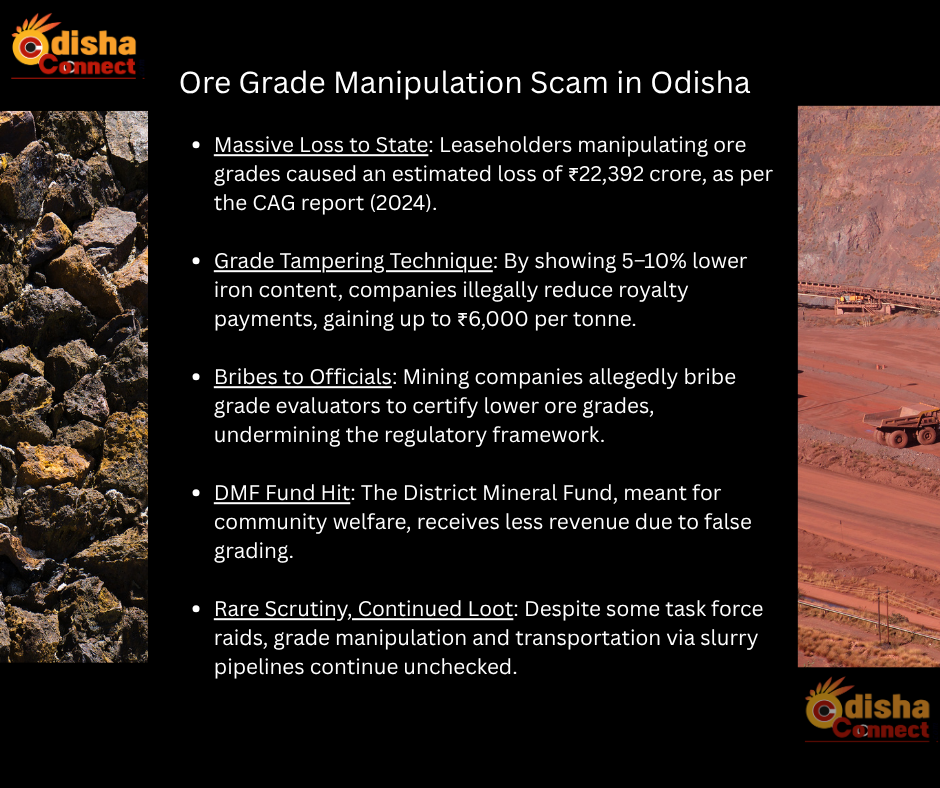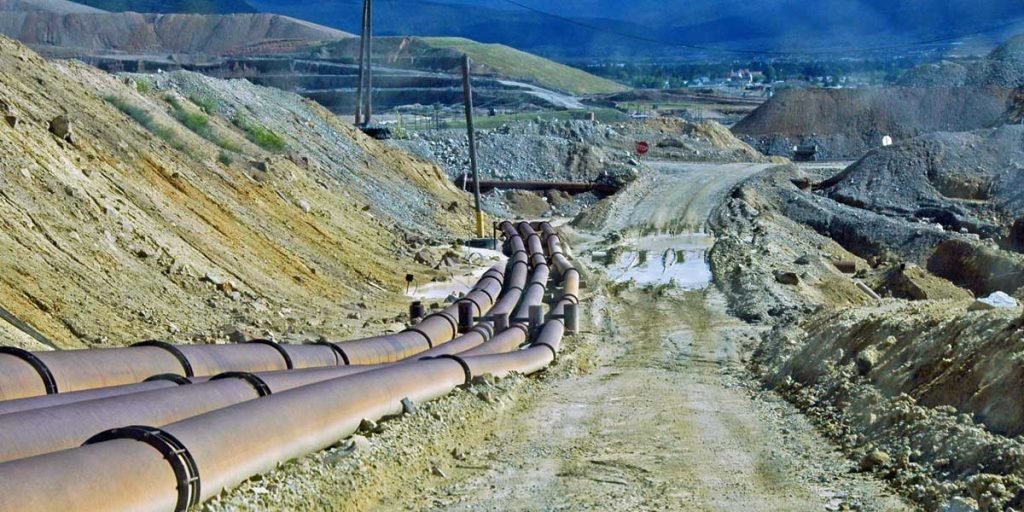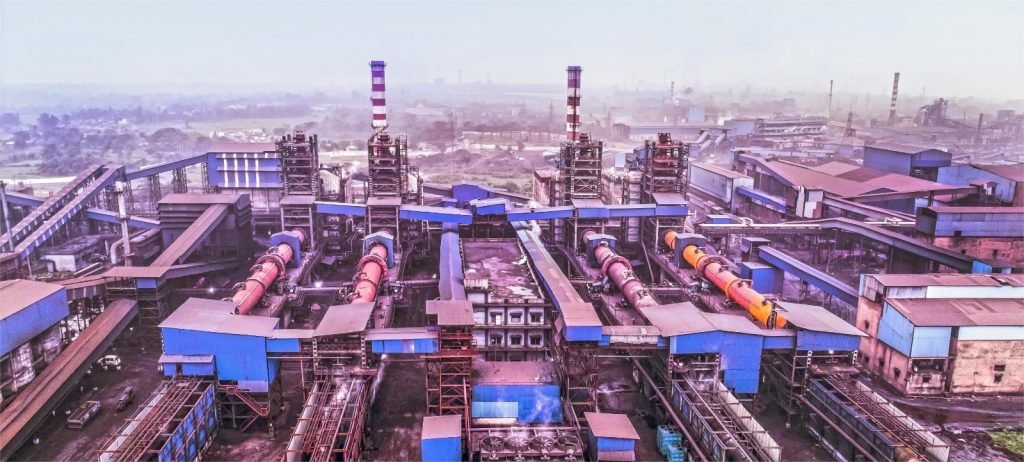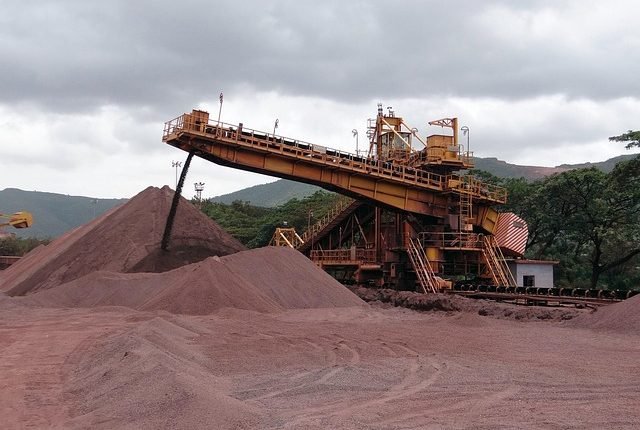Ore Grade Manipulation Scam in Odisha Exposes Mining Fraud
Leaseholders' illegal act causes huge loss to the state exchequer and DMF. By showing 5–10% lower iron content, companies illegally reduce royalty payments, gaining up to ₹6,000 per tonne.
Many leaseholders of iron ore in Odisha have adopted a new technique to hoodwink law and loot the raw material, causing huge losses of hundreds of crores of rupees to the state exchequer. The process is very simple: Just change the grade of the iron ore. If they show that the iron ore is of lower grade by 5 per cent, they get a profit of around Rs.1,000 per tonne to Rs.6,000 per tonne. If the grade is reduced by 10 per cent, the profit gets enhanced several times.


Bribes to Officials
To make the change in grade possible, they are paying hefty bribes to officials responsible for checking the stock of the iron ores and deciding grades. Observers of the mining sector say that the lease holders have adopted this process to recover costs and maximize profits after paying big amounts as premiums for the leases. This kind of illegal practice is pointing towards a major mining scam.
“Reducing ore grade on paper is the easiest way to siphon off profits and dodge accountability.”
— A mining sector whistleblower
Ore Grade Manipulation
Consequently, the state exchequer is losing a huge amount of revenue and the District Mineral Fund is also receiving less amount of funds. The funds from DMF are meant for the development of the people affected by mining activities.
The government gets 15 per cent royalty on the mined ore while the DMF also gets an assistance of 15 per cent.

According to the standards set by the Indian Bureau of Mines in March this year, the rates lumps having different percentages of iron ores are as follows: The price is Rs. 810 per tonne for lumps having less than 45 per cent iron ore, Rs.1,442 for lumps having 45-51 per cent, Rs.3,579 for those with 51-55 per cent, Rs.4808 for 55-58 per cent, Rs.4,844 for 58-60 per cent, Rs.5,102 for 60-62 per cent, and Rs.6,619 for lumps having 62-65 per cent iron ore.
Ore grade manipulation: This is the reason why the lease holding companies have resorted to changing the grades of the iron ore by greasing the palms of the evaluators.
Usually, two processes are followed for raising and transporting iron ore. Some companies acquire leases without testing the mines and accepting that the areas under their leases have ores of high grades. Such companies pay the revenues to the state exchequer and DMF accordingly. Tata Steel, mining in Keonjhar district, is one of such companies.
However, some other companies including JSW, Sirajuddin, Jagatjanani and Arseler Mittal, who have taken up leases after paying huge premiums, have adopted a different process. They are selling ire after deciding the grades. Many of those lease holders even threaten to return their leases when there is scrutiny by the government on the plea that they are incurring losses.
Rare Scrutiny, Continued Loot
Official scrutiny is however quite rare. Last year, a special task force raided the Dhamra Port and seized 18 trucks. But it was found that they carried high grade iron ore. However, it is quite difficult to detect illegality when a lease holder sends materials changing grades to its own plant.

Presently, the leaseholders have been trying to lay slurry pipes to minimise the cost of transportation. While two companies have got the permission for that, several others are in the queue.
The reason cited by them while applying for slurry pipe facility is that transporting low grade ore is more expensive. However, even if they use slurry pipes for sending high grade ore, there is no mechanism yet to check it. It is believed that providing slurry pipe facilities to leaseholders will not only affect transport business but also clear the way for illegal transportation through slurry pipes.
“After paying huge premiums, leaseholders are trying to recover costs by manipulating grades. It’s a systemic failure.”
— Mining industry analyst
Earlier also lease holders were showing less mining to debunk state revenue. After the Shah Commission inquiry, some modern technologies were acquired to check the illegality. However, illegal mining continues from even closed mines. Many operators also loot materials by manipulating the weight on paper. In the recent past, such a case had been found in the transportation of ore from Thakurani mines to Shyam Metalics.

Loss of ₹22,392 crore
According to the report of the Comptroller and Auditor General in 2024, the Odisha government has incurred a loss of Rs.22,392 crore due to Ore grade manipulation. Ore grade manipulation scam in Odisha is one of the most important reasons for this huge loss.
“The ₹22,000 crore loss isn’t just a number—it represents schools, hospitals, and roads that never got built.”
— Social activist from Keonjhar
Two years back, 83 per cent of the mined ores were of 62-65 per cent grade. The quality of such grades has been reduced to 16 per cent only. There were allegations of manipulations in Jajaga mine of JSW, which was slapped with a notice of Rs.702 crore penalties. It is not clear if the amount has been recovered.



Comments are closed.